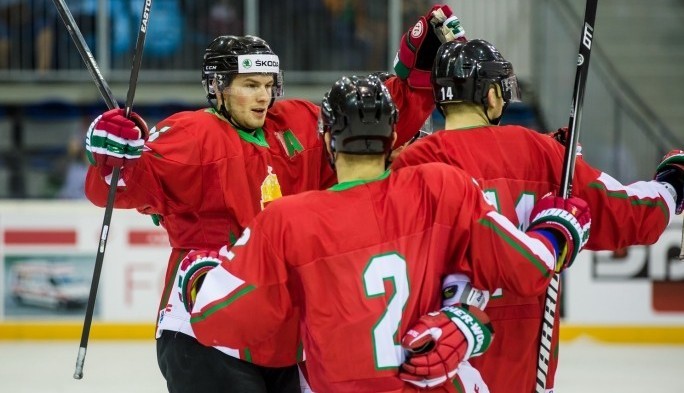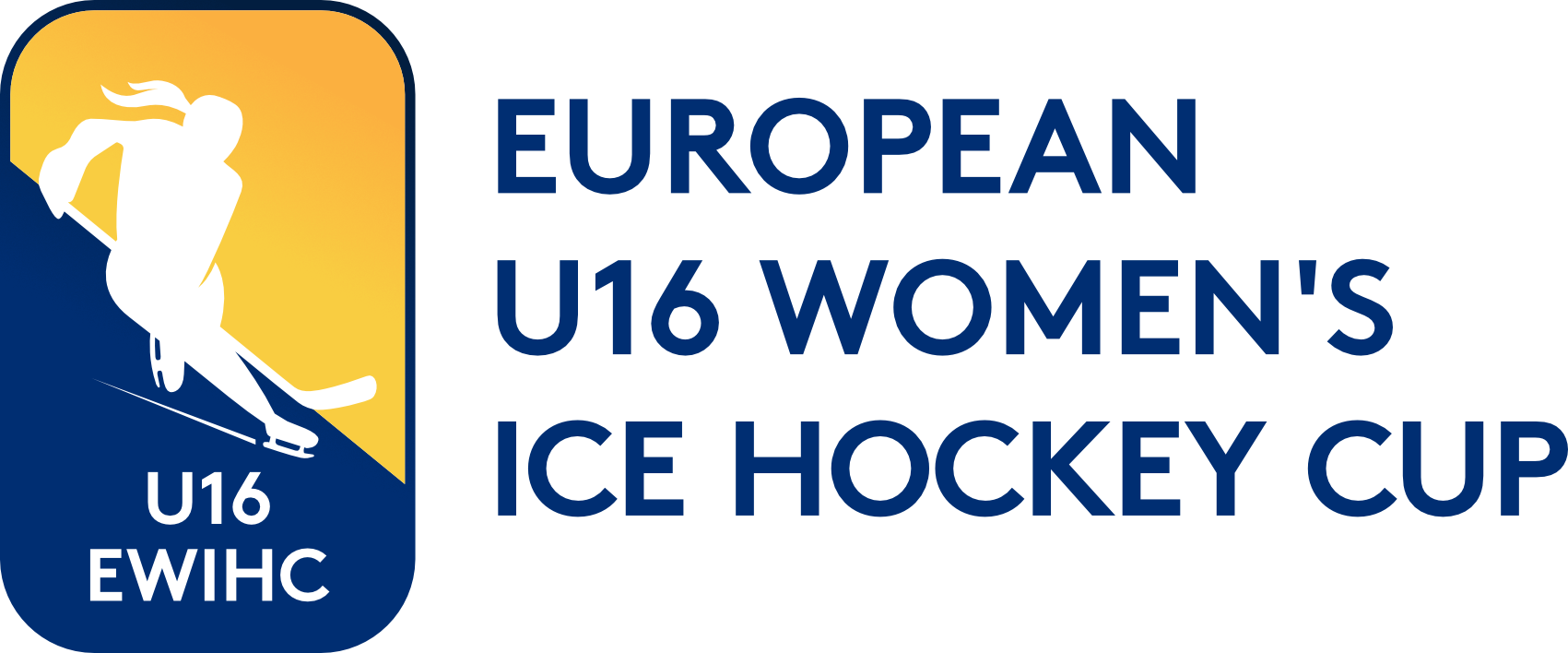
There is nothing worse than an injury, its scary, the person is in pain and can’t really do what they love, they miss the team, the team misses them. The they have a hurdle to get over both mentally and physically. István Bartalis was back on the ice Friday night from a knee ligament injury, through him we took a look into what kind of work goes into a player making a comeback from a major injury.
I was a different world 244 days ago.
It was spring time the national football team had not qualified for the Euros yet and the national hockey team was not in the elite round yet either. István Bartalis was in great form, Hungary was playing their second exhibition game in the Tüskecsarnok against Slovenia, Hungary won 4-2 Bartalis had an assist and four shots, not to mention also being the team captain.
Four days later he was injured.
This was the last practice in Budapest before the team left for Krakow, as everyone was going home to pack up for the world championships Bartalis was on his way to the hospital to get his knee checked out. He tore a ligament in his knee as he was taking a shot, no one was near him. After 244 days he was back on the ice on December 11th dressing for Fehérvár AV19 as they took on Villach.
“The worst part was that I had to watch the world championships on television, it probably would have been better from Krakow...I was having surgery right when the guys were celebrating their win against Poland. I was invited to every event after the world championships by the guys and the federation, which I am grateful for, but I felt that I wasn’t apart of what had happened. I hope it will be different this time around,” mentioned István Bartalis to icehockey.hu.
"At first I didn’t want to accept what had happened but I started to think that why should I feel sorry for myself and that I want to play in the A-Pool world championships and I have an opportunity to build myself up.”
“They took a piece out of the patella tendon to strengthen the torn tendon. The surgery went well, however, the worst pain that I ever felt was when they pulled out the drainage pipe from my knee.”
The injury prevented Bartalis from being with the team in Krakow, and because of the limited mobility he was not able to make the trip.
This was followed by hard work to get back to match fitness.
“It wasn't until the fourth month that I was able to start making movement forwards and backwards and two weeks later I was able to turn 140 degrees. In the fifth month I was able to run and in the sixth month I hit the ice. At first it felt great to be back on the ice but I started to notice that it was getting harder and harder the knee to get properly rested. I would wake up in the mornings feeling that there is no way that I will be able to do anything. I still got up and worked hard and now I gotten back up on the ice.”
“I am not scored of anything, I know I need to play games and skate more and more. I can play 5 on 5 hockey, there are some situations that cannot be simulated in practice. You know where you want the puck to go but it still doesn't go there. My pregame ritual will have to change, I will probably leave out kicking the ball around and will have to do some special stretches for my knee. It will be interesting to see how my knee will react after I stretch and then get dressed for the game.”
For the athlete to get all the way to where Bartalis is after the injury, a lot of work has to be done.
“If the athlete has not been in action for a long time it is probably because after the injury the player had to be operated on, after which the work really starts,” said Sándor Puskás who is the strength and conditioning coach for the Hungarian national team and for MAC Budapest.
“If there is a surgery or a cast involved we want to get the injured person back being active in some sort of way as soon as possible. The rehab plan needs to be agreed upon with the doctor. With the knee the athlete needs to be working it 5-6 times a week, things like elastic bands and counter balancing the person's weight. This might sound and look easy but actually it's really hard. This is still the work of the rehab specialist but if the athlete is not able to get there then I will work with them. I come into the picture when the rehab specialist says that the athlete is ready to resume regular movement, I have to build up their conditioning.”
Months can go by after a tear or a break, Csanád Erdély said that after two days off after playing in Krakow he was ready to start doing some kind of activity, now imagine how someone feels after half a year off.
“A coach or a teammate that has gone through a similar injury can be a great person to lean on from the physiological side. The mental support is also very important, there are some guys atht are stronger others needs some encouragement in this area.” continued Puskás.
“The first thing that an athlete loses is their endurance, this takes only a couple of days to happen, two weeks pretty much puts them back to 0, the strength and the mobility takes longer to fall off. Spinning is an excellent exercise that can keep the conditioning at a high rate, depending on what the injury is.”
“What we are trying to achieve is to get the player back at full strength as fast as we can. We are always in contact with everyone involved.”
“The surgery is the most important part, Teemu’s hart pulled him back but we need to stick to the schedule.” said UTE head coach Zoltán Szilassy who was referring to Teemu Elomo who started his season with knee surgery.
“Elomo is a valuable player that's why we stayed with the schedule, we were not looking at one game but the long run, and also looking at what is the best for the player as well.”
“The key to everything is the communication”
